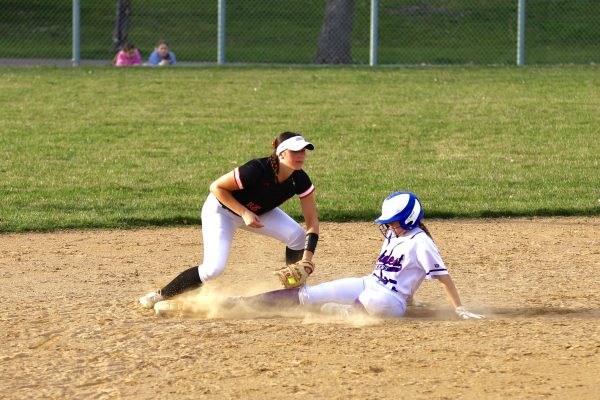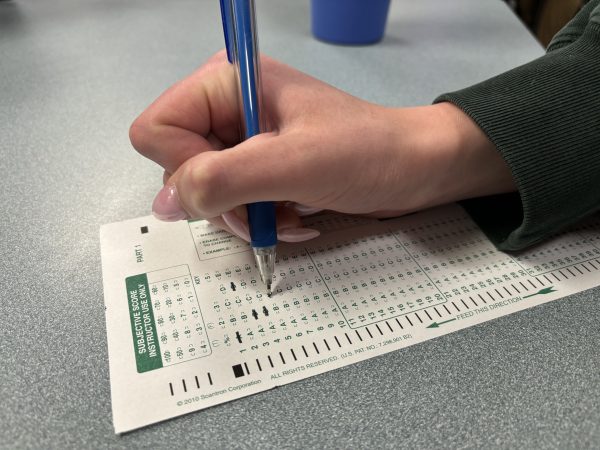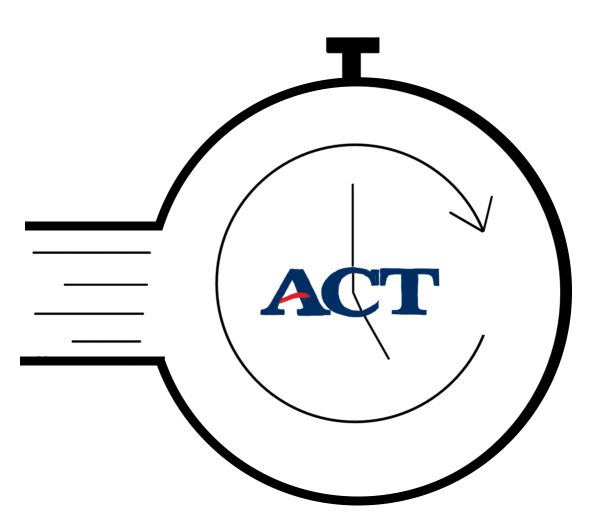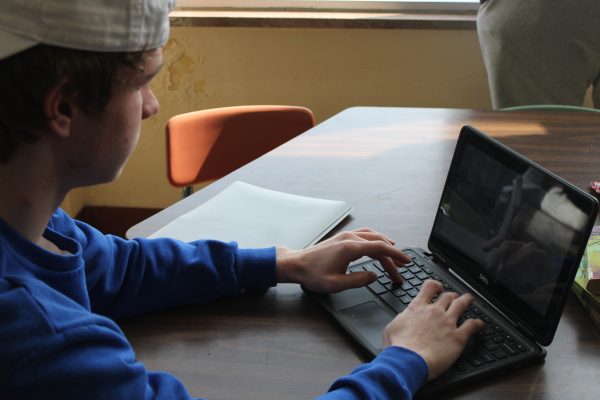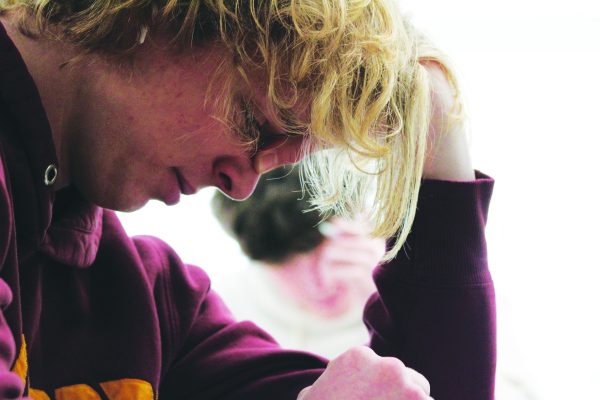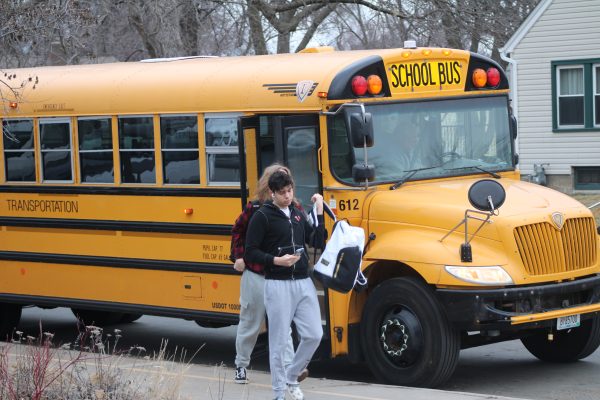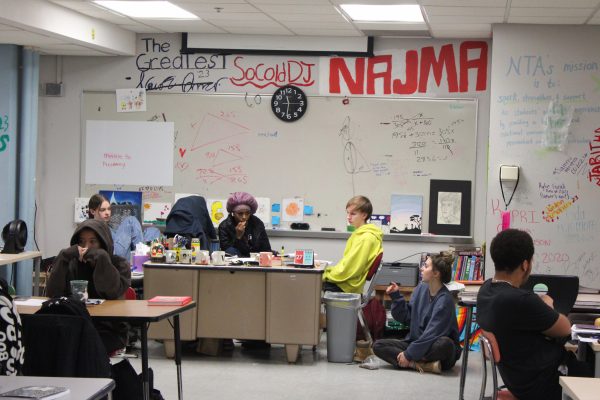Benefits of having camera on for class outweigh negatives
Cameras hold students accountable
December 7, 2020
Nine months ago, we experienced unprecedented change. The infrastructure and systems that we relied on for our education no longer functioned in a safe manner. So we adapted, taking it upon ourselves to learn new technologies to stay connected. Yet we are still using our real-world solutions for what are now our virtual-world problems. We need a complete upheaval of our practices in order to adapt to this new world. The first step is, at least partially, requiring students to have their cameras on for distance learning.
Students with cameras on in class follow the same premise as in-person schooling for ensuring attendance. While in-person schooling had its own laundry list of issues, making sure that students were actually in attendance was not such a wide-spread issue. With students’ cameras being on, this issue is entirely negated as teachers can simply look at the faces of students and ensure that each student is present. Moreover, this will allow more class time for students to actually be learning rather than waiting for attendance to be finished.
Furthermore, students having their cameras on in class holds them accountable for doing their work in class. With the current model and rules imposed, there are very few checks and balances to keep students from simply sleeping while they should be working to possibly walking out of the room entirely and not being present for their Zoom class. With the ability for teachers to quickly glance at students and make sure that they are presently working, students will be held actively held accountable for doing their work.
In a study conducted in 2017 on the differences between online and in-person schools in Ohio, it was concluded that “students in e-schools and charter schools have lower baseline achievement than their peers in traditional public schools,” a clear demonstration that the preconceived methods for online schooling are inherently inferior to traditional schooling methods. Therefore, it is in our best interest to mimic traditional schooling through the use of our cameras while we are forced to do distance learning.
While having cameras on in class is certainly better, that’s not to say that students shouldn’t be able to turn their cameras off at all. Rather, there should be a widespread policy for all classes where video is mandatory for the first 10-15 minutes of each class, at which point it is up to the students.
We need to stop using short-term solutions for long-term problems. We need to start laying the foundation for our increasingly distant and virtual world, and there is no better way to start than by enforcing Zoom camera policies.




